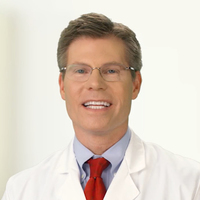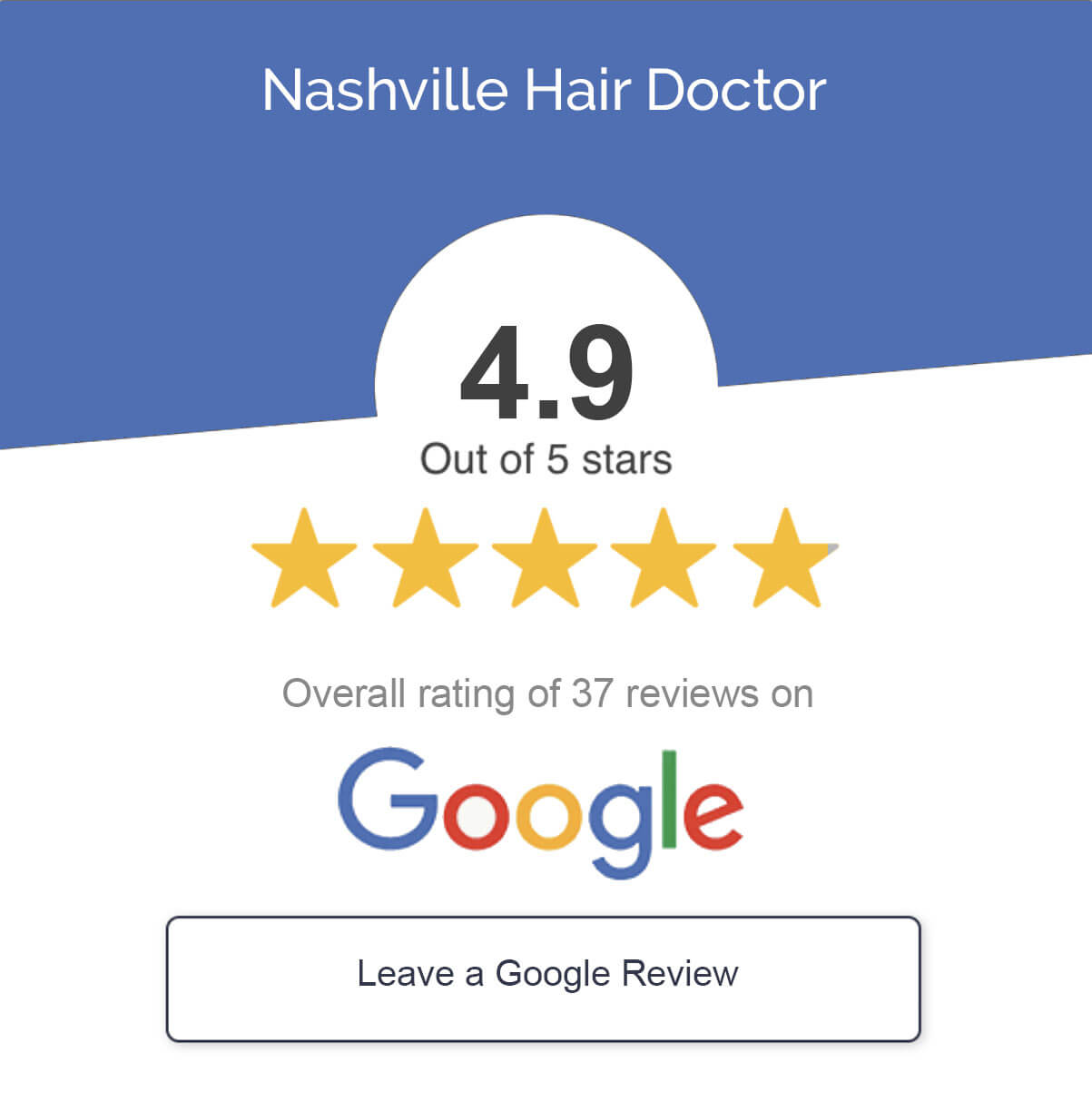
Medically reviewed by Dr. John Rosdeutscher – Written by Sine Thieme
From the time you send us your quote request all the way through your hair transplant or beard transplant recovery, a Nashville Hair Doctor team member will be in touch with you every step of the way – whether it is our NeoGraft Consultant Shauna helping you map out your restoration plan and answering all your questions, or one of our nurses checking up with you in the weeks after the procedure. You can be sure that you always get the information you need, even if you send us an urgent text on a Saturday night.
The first two weeks after your hair transplant are most likely the time period you’ll have the most questions. Don’t worry – we send you home with detailed instructions on how to sleep and wash your hair, when you’re first allowed to wear a hat again, etc. And we send you timely emails reminders with the same instructions so you always have them at your fingertips.
To help you better understand what’s required, we have published quite a few recovery tips and instructions. This article briefly outlines each of these tips with links to further information.
DO’s and DON’Ts
Every day we engage in certain routines, from sleeping to showering to spending time outside, and after you’ve had a hair transplant it’s important to know how to do those things safely without endangering the growth of the newly transplanted hair. Read DO’s and DON’Ts After a Hair Transplant for an easy-to-navigate list of which activities are allowed and even encouraged, and which ones are big no-nos.
How to Prevent Swelling
Even though NeoGraft hair transplants are only minimally-invasive, meaning they are done without surgical incisions or sutures, some swelling is to be expected after the procedure. Just imagine that your scalp is being pricked for hours at a time. The pricks are tiny and not painful, but in sum they may trigger a reaction from your body. Not every hair transplant patient experiences swelling, but it is fairly common to have some swelling, typically on the 2nd and 3rd day after the procedure. Read our Top 5 Tips to Prevent Swelling after Hair Transplant Surgery to know precisely what you should do to keep swelling in check.
How to Wash Your Hair
This is the question we probably get the most often. How do you make sure you wash your hair in a way that doesn’t hurt the new growth? And no, we are not going to have you walk around with unwashed hair for weeks at a time. There is a safe way to wash hair after an initial waiting period of 48 hours, and we give you detailed instructions on how to do it in a non-abrasive way. Read How Soon Can I Wash My Hair After a Hair Transplant to learn more.
How to Sleep
Right after how to wash your hair comes the question of how to sleep after your hair transplant. This is important for two reasons: First, you want to make sure you don’t rub the newly transplanted follicles too much against the pillow. And secondly, you should minimize the aforementioned risk of swelling. Read Tips on How to Sleep After a Hair Transplant to make sure you know how to make the right sleeping arrangements after your procedure.
Planning Your Downtime
Your hair transplant recovery isn’t all downtime, far from it. Not Downtime But Playtime: Recovery After NeoGraft tells you how many days away from work you should expect to take, how many days it will take for the puncture marks from follicle extraction to scab over, and when your hair will begin to grow in. We also touch on which activities are safe to undertake, and which ones you should abstain from.
Choosing the Right Time
There is of course no right or wrong time for a hair transplant, and many factors play a role. But your recovery will be easier and thus lead to success if you’ve planned it well in advance to cause the least disruption. Many of our patients prefer to have a hair transplant over Christmas break, but there are also reasons why a summertime procedure might be best. Also read When is the Best Time to Have a Hair Transplant for additional tips.
If you have any remaining questions about the recovery from a hair transplant, don’t hesitate to contact us.
